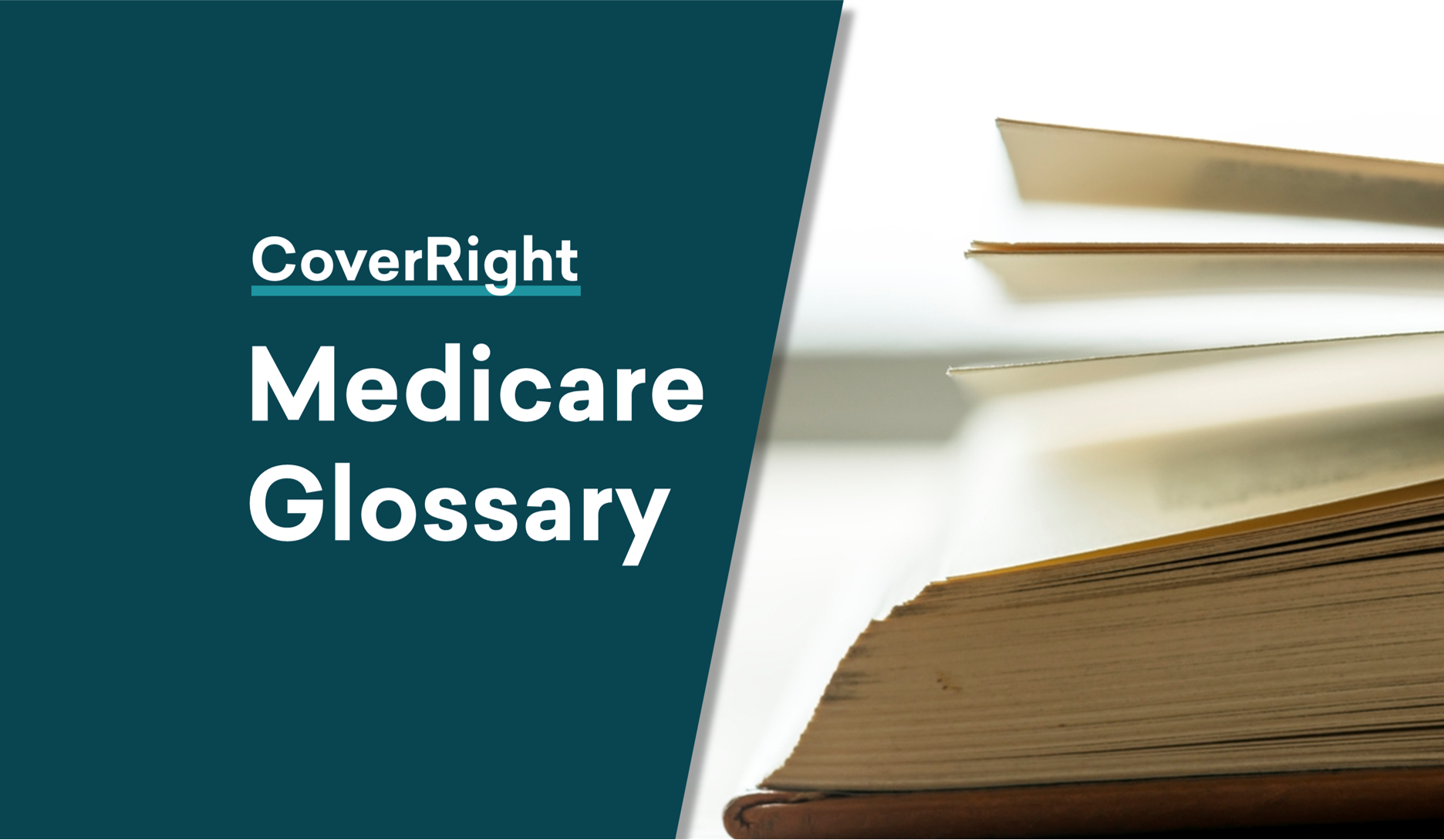Medicaid Spend-Down, also known as “Medically Needy” or “Share of Cost,” is a unique program within Medicaid that provides healthcare coverage to individuals who have high medical expenses but do not meet the traditional income eligibility criteria for Medicaid. Through the Spend-Down program, beneficiaries can “spend down” their income to a certain level by deducting their medical expenses from their income. Understanding Medicaid Spend-Down is crucial for individuals with significant healthcare costs who require financial assistance to access essential medical services. In this article, we explore the concept of Medicaid Spend-Down, its eligibility criteria, benefits, and the significant role it plays in supporting individuals facing substantial medical expenses.
Medicaid Spend-Down Eligibility
Medicaid Spend-Down eligibility varies by state, as each state has its own specific guidelines and income thresholds. Common eligibility criteria for Medicaid Spend-Down include:
- Income Limit: Beneficiaries must have income that exceeds the standard Medicaid income limit for their state.
- Medical Expenses: Individuals must have significant medical expenses, including hospital bills, doctor visits, prescription drugs, and other healthcare costs that can be applied toward their spend-down amount.
- Share of Cost: The spend-down amount, also known as the “share of cost,” is the difference between the individual’s income and the state’s Medicaid income limit. Beneficiaries are required to pay their share of cost on a monthly basis before Medicaid coverage begins.
Spend-Down Process
The Spend-Down process involves the following steps:
- Determining Eligibility: Beneficiaries must meet their state’s income and resource requirements to qualify for Medicaid Spend-Down.
- Calculation of Share of Cost: The state calculates the spend-down amount by deducting the individual’s medical expenses from their income to determine the share of cost.
- Paying the Share of Cost: Beneficiaries are responsible for paying their share of cost each month to access Medicaid coverage. Once the spend-down amount is met for the month, Medicaid coverage begins, and the program pays for medical expenses for the remainder of the month.
Benefits of Medicaid Spend-Down
Medicaid Spend-Down provides several important benefits:
- Access to Healthcare Services: Individuals facing high medical expenses can access essential healthcare services and receive necessary medical treatment.
- Financial Assistance: Spend-Down offers financial support to beneficiaries who would not otherwise meet the income criteria for traditional Medicaid.
- Continuity of Care: By “spending down” their income, beneficiaries can maintain continuous Medicaid coverage, ensuring ongoing access to medical services.
Medicaid Spend-Down is a vital program that provides healthcare coverage to individuals with high medical expenses who would not meet the traditional income eligibility criteria for Medicaid. By allowing beneficiaries to “spend down” their income through medical expenses, the program ensures access to essential medical services and offers financial assistance to those facing significant healthcare costs. Understanding the eligibility criteria and benefits of Medicaid Spend-Down is crucial for individuals with high medical expenses, as it can be a lifeline in navigating healthcare access and supporting overall well-being.


